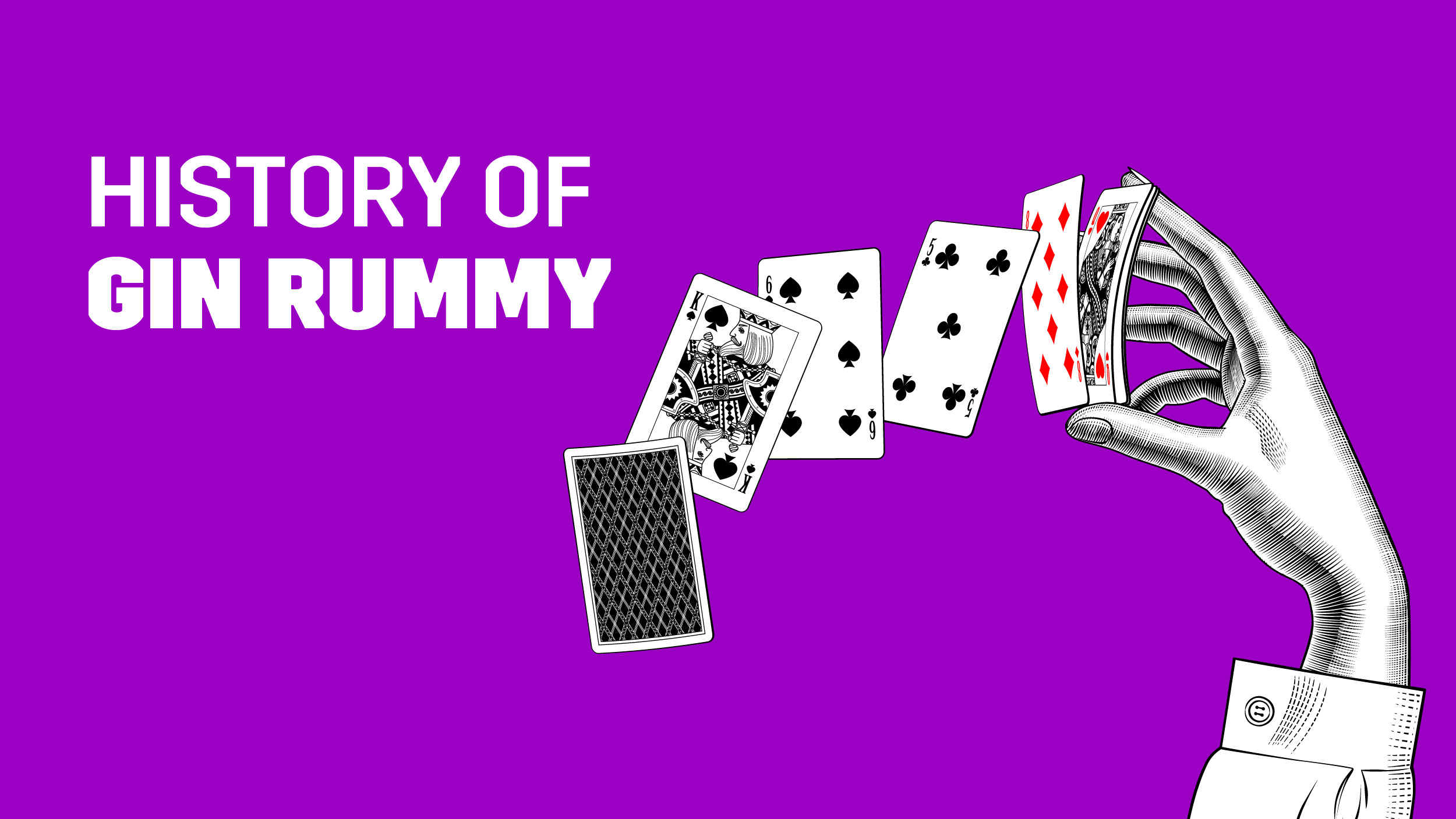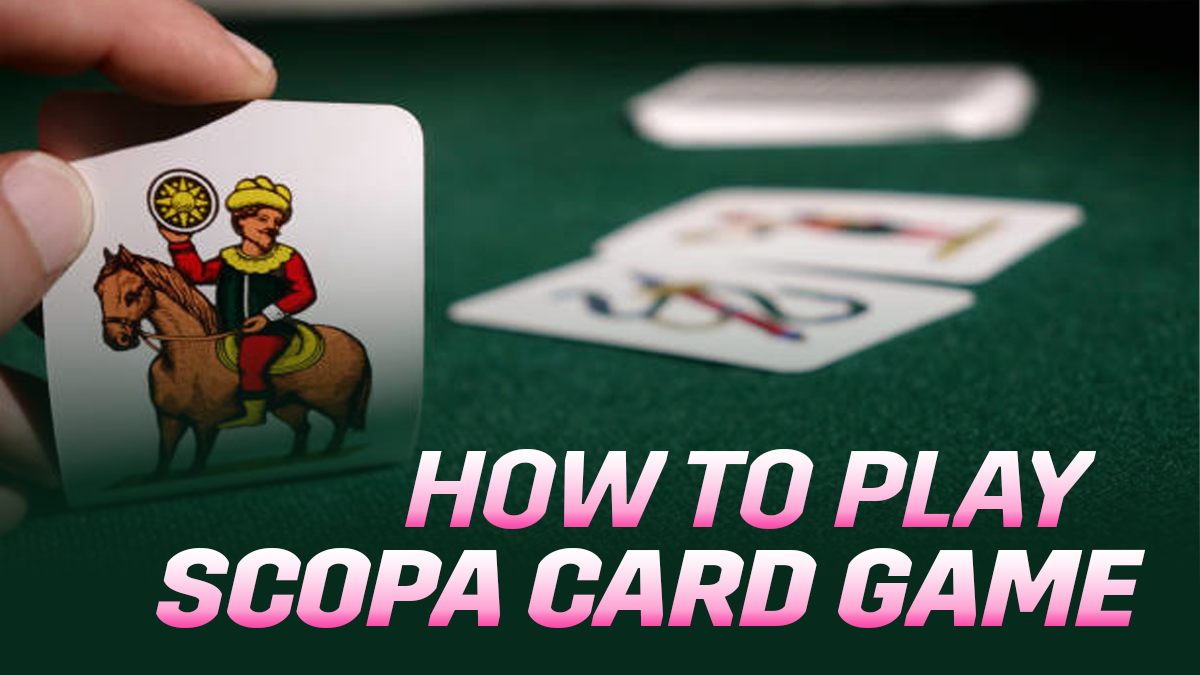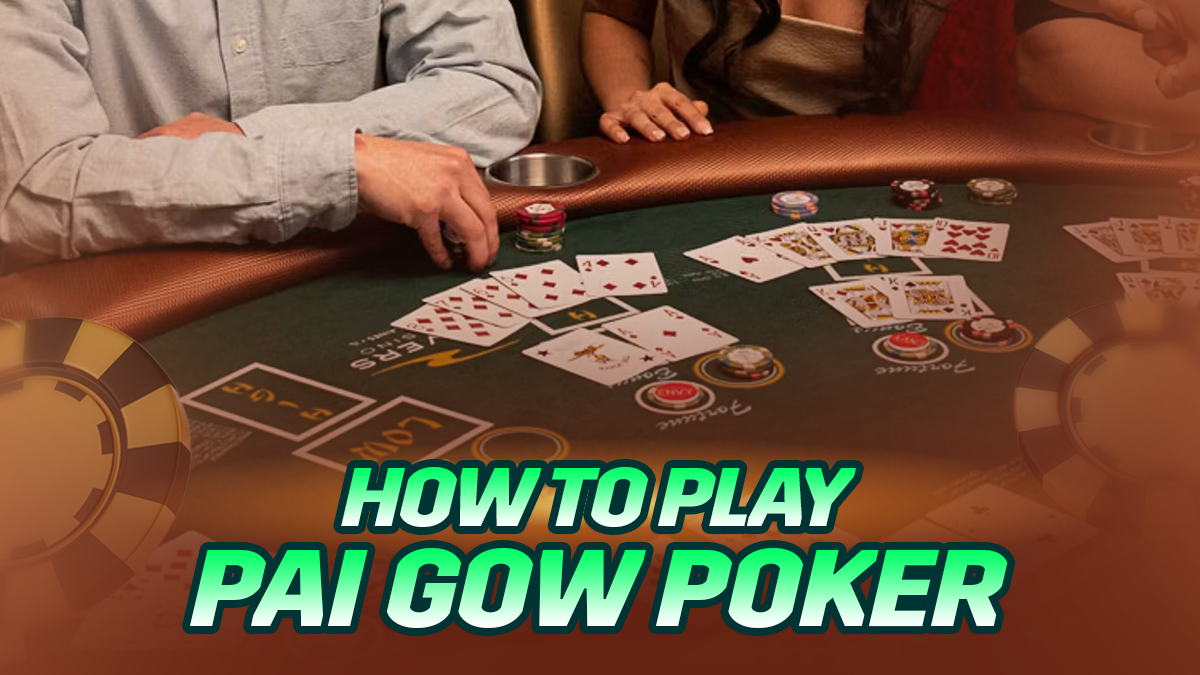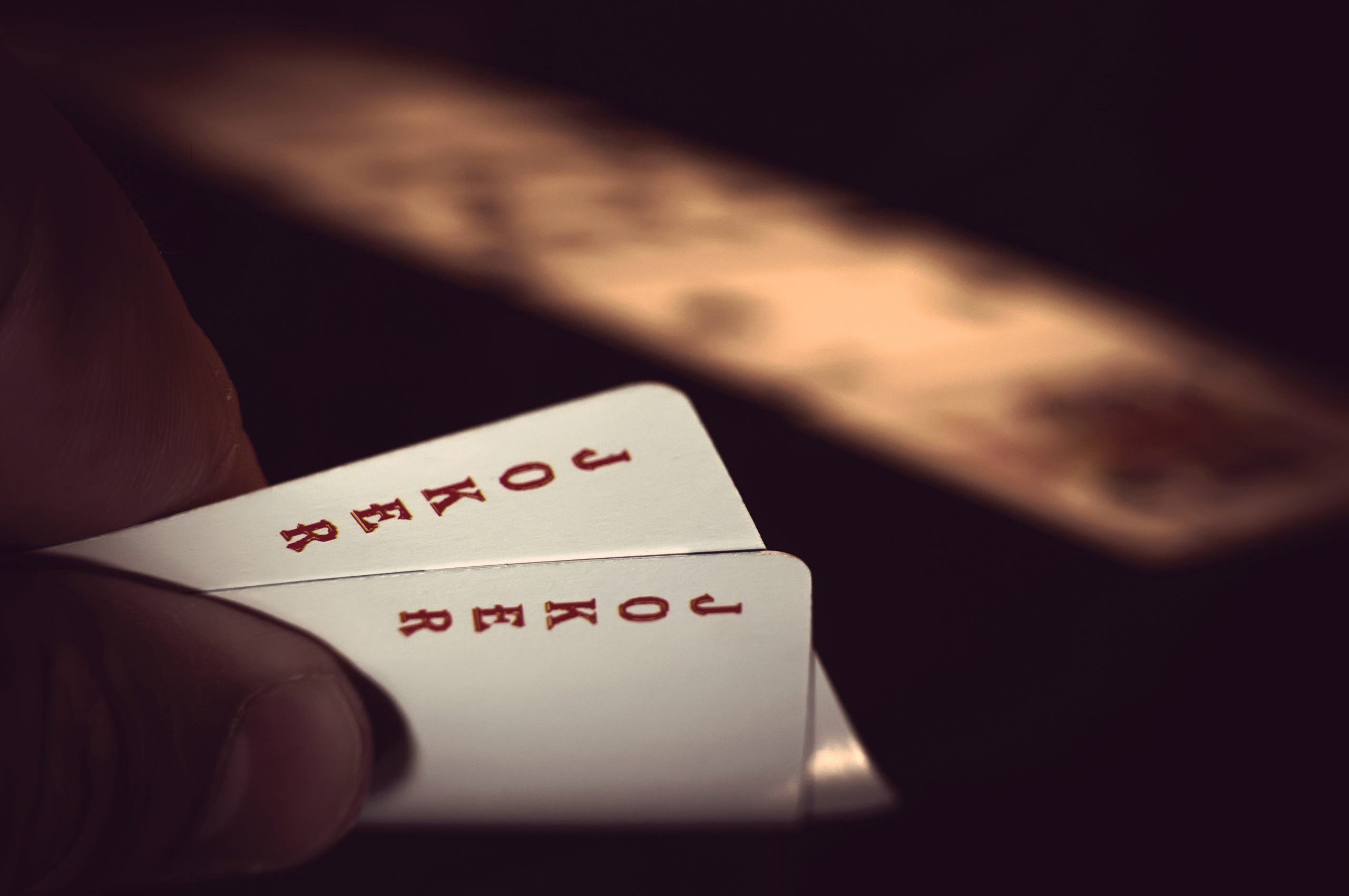Table of Contents
ToggleIntroduction to Gin Rummy
The card game – Gin Rummy – is one of several variations of the long-standing favorite card game, Rummy, and it was created as a method to speed up the game’s existing version. Two players participate in Gin Rummy, each getting ten cards. Your goal in the game is to achieve “melds” (groups) of three or more cards, either same-ranked “sets” (for instance, three or more Queens, Aces, or any number cards) or “runs” of successive cards of a similar suit (for instance two, three, four, and five of spades).
Either player can end the game by “going gin” (implying an arrangement of the whole hand into melds) or “knocking” (suggesting an arrangement of the whole hand in melds excluding some unmolded cards that total less than ten points). Points on both sides are tallied up, and the winner is the player having the highest point total.
Gin Rummy is a popular game in American households. Currently, it is also called Gin, Poker Gin, Gin Poker, and Knock Poker. Now, let’s dive deeper into the origins of the game!
Who Invented Gin Rummy?
Gin Rummy was invented in the United States by a father-and-son duo hailing from Indiana – Elwood Thomas Baker & Charles Graham Baker. After creating gin rummy, Charles Baker became a screenwriter and director during Hollywood’s Golden Age, with more than thirty films to his credit. As per the magician and writer John Scarne, gin rummy was developed from 19th-century whiskey poker and created with the idea of being quicker than a game of standard rummy but less spontaneous than knock rummy.
How is Gin Rummy Tied to Rummy?
Rummy Arrives First
For starters, the history of Gin Rummy has close ties with the history of Rummy. So, it’s essential to disentangle one from the other. Rummy is no longer just one specific game; instead, it denotes a massive family of card games. It goes by the “draw and discard” methodology of play, as each turn leads to a draw from the stockpile or a discard into the discard pile. The idea behind this is to form melds, as explained above. Any game based on draw-and-discard and making melds is quintessentially a Rummy game.
According to this underlying process, Rummy games fall into multiple categories based on the respective goals and rewards. In the oldest, original version, which closely resembles Gin, the goal is to become the first player to get rid of every card by laying them face up on the playing table in spreads (or melds). You receive a score based on the penalty value of the unmatched cards left in your opponent’s hand, otherwise called deadwood.
In the branches of the family that follow, like Michigan, you don’t just score for other players’ deadwood but also receive a score based on the value of all your melds. The 1930s saw even more detailed varieties of Rummy in development under the Contract Bridge influence. In a game of Contract Rummy, you’re dealt an augmenting number of cards in back-to-back deals, and you can go out only by coming up with a specific combination of melds in each deal. For instance, you may be required to create two sets of three or a run of four from a ten-card hand.
Contract Rummy is undoubtedly one of the most family-oriented games and proves its mettle as a folk game – one where groups of players impose their own house rules and also a name for the game.
Canasta is among the most developed Rummy varieties. It has the Bridge-inspired significance of being a four-player partnership card game with formal rules and scores. Its origins date to the 1940s, giving rise to highly sophisticated versions such as Bolivia and Samba.
Another branch of Rummy games boasts the distinction that your melds aren’t private. Instead, every meld is laid face up on the table, and when your turn arrives, you can add cards and re-arrange them into different melds, as long as they obey the rules of proper formation. This process is known in the proprietary form of the Rummikub game, which hails from the 1970s and can be played using tiles instead of cards. However, the fundamental principle relates to earlier card games such as Vatikan, Czech Rummy, and Carousel.
From the Orient via Mexico
The earliest version of Rummy, a kind of Gin prototype, was first explained briefly under the name “Coon Can” in The Standard Hoyle (NYC, 1887) and in greater detail under the name “Conquian” in Foster’s Complete Hoyle byR. F. Foster. Foster was thoroughly bemused by the title and origin, only commenting that little information is available except that it’s a cult favorite in Mexico and the American states that border it, particularly Texas.
This is highly likely, as it’s played using the Spanish 40-card pack. It is more likely to have come up in the New World instead of Spain, as the earliest known forms of Rummy appearing in card-game literature in Spain (under the “Ramy” name) are 20th-century transatlantic imports. Stewart Culin recorded the game being played by Apaches and spelled it con quién, the Spanish for “with whom.” However, it’s difficult to see what implication that period has on any aspect of play, and Foster is primarily right in not taking the effort to mention it.
A more significant origin probability lies in the Orient. The primary Rummy principle of “draw and discard” with a notion to meld appears in Chinese card games during the early 19 century, or perhaps even earlier during the 18th century, clearly indicating the essence of Mah-jong. W.H Wilkinson was fascinated by a Chinese card-game offshoot of Mah Jong known as kun p’ai in 1891 and urged Messrs Goodall to publish a variant of it for western cards under the Khanhoo name. It comes with a sixty-two card pack, a direct reflection of the Chinese original, comprising two packs of thirty-one, each having numerals Ace to Nine in three suits, besides Jack, King, Queen, and Joker of no suit. Each player gets fifteen cards, with the objective being to meld them into triplets and sequences, the mechanics reminding you of Rummy, including the aspect of turning the discard pile to form a new stock.
A similar Chinese card game, going by “Kon Khin”, sounding a lot like Conquian or Coon-Can, also adds food for thought. One of the possibilities is that such a game got to the south-western states via Chinese immigrants. Another possibility is that a game of this name and kind was initially transmitted to the Portuguese and after that, from Mexico via the Philippines. When we talk about this connection, it is impossible to ignore the well-known Spanish game – Chinchón – which is typically Gin played using the Spanish pack of forty or forty-eight cards. Whether it associates with the Spanish town of the same name or the game’s original name, is another version of Coon-Can, or is influential in the choice of “Gin” as the name – these questions remain unanswered. Research is still in progress, and we may have answers pretty soon!
Impact on Hollywood & Pop Culture
Gin rummy’s frequent association with Hollywood and Broadway made it immensely popular in the United States, where it seemed like a frenzy. Nationwide radio and movies included the game in several programs that piqued the attention of celebrities from Los Angeles and New York. Film stars popularized the game to a massive extent, making it a favorite amongst their fanbases. By the end of the 20th century, many game variations, including Oklahoma Gin, Hollywood Gin, and single and multi-match games, came into existence.
Gin rummy became a massive hit at the turn of the 1940s, with A-listers from Hollywood and Broadway proudly proclaiming their love for the game. For instance, Ingrid Bergman was known to play gin rummy on the sets of her classic movie – Casablanca.
Two specific features made the game a hit among the actors. The first was that the gameplay is pretty fast, but it also enables pausing at a moment’s notice, with the option to resume exactly from the left-off point once it was possible to do so. The second was the introduction of a particularly fantastic scoring device, which enables players to play three games simultaneously.
We’ll also include some well-known instances of gin rummy in films and pop culture. In the introductory scene of the villain, Auric Goldfinger, in the 1964 James Bond flick – Goldfinger – he cheats at gin rummy with the help of an abetter who looks at the opponent’s cards via binoculars. The film’s script altered the game from Canasta (in Ian Fleming’s source novel) to gin rummy.
In the NBC sitcom The Golden Girls, Sophia Petrillo spends the entire night playing Gin Rummy with her daughter, Dorothy Zbornak. She constantly attempts to beat her mother’s perfect winning streak but to no avail.
Donald L. Colburn’s two-person, two-act play – The Gin Game is another example where Gin Rummy takes centerstage. Directed by Kip Niven, it premiered at American Theater Arts in Hollywood in September 1976. The play, which won the Pulitzer Prize for Drama in 1978, is about two elderly residents at a welfare home where they indulge in consecutive games of gin rummy.
What Makes Gin Rummy Special?
There are several fantastic card games suitable for two players and many of them go back centuries. For instance, Pinochle (Bézique) is nearly a hundred and fifty years old, Cribbage is almost four hundred years old, and Piquet is around five hundred. Gin Rummy is relatively newer in its historical timelines but has managed to gain millions of players worldwide since it became a phenomenon. This is mostly due to its gameplay simplicity and its layer of deceptive sophistication. More importantly, the game adapts well to mobile gaming devices and enables online play.
It is one of those excellent games, the rules of which you can learn within a couple of minutes but end up spending a lifetime understanding how to get better at it. Like Poker, it features an ingenious scoring system where players must know what they’re doing if they want to emerge a winner, in total contrast to Baccarat and Faro. How it toys with your mind thinking you’re doing well one minute and letting you slip up in the next renders the game infinitely addictive.
Learn How to Play Baccarat in Detail!
Wrapping Up
It’s always fun to learn about the history of a game before you start playing it. It makes you a more knowledgeable player, helping you figure out the subtle differences between a game of gin rummy and several other varieties of rummy. If you’d like to play a round or two of gin rummy, download the MPL Pro app and check it out immediately!








